Cost-cutting drives up private US company values, but revenues flag – Lincoln
No Content
The Lincoln Private Market Index (LPMI), which tracks the enterprise value of privately held companies in the US, increased 0.6% in the fourth quarter of 2023, driven by cost-cutting measures which have offset weak revenue growth and declining multiples.
Revenue growth of companies tracked by Lincoln declined for a fourth consecutive quarter, with 30% of companies reporting flat to negative results. Despite the headwinds, annualized EBITDA growth rates improved, from 4.2% in Q3 to 4.8% in Q4.
“While revenue growth in the aggregate has slowed, portfolio companies are stemming the tide by cutting costs and focusing on strengthening profitability. In the fourth quarter, revenue growth exceeded EBITDA growth by 3%, the slimmest gap since 2021, as companies found creative ways to keep EBITDA afloat while addressing contracting demand,” Lincoln International wrote.
Cost management tactics needed to do double-duty during the quarter, as EBITDA multiples saw their largest contraction since the second quarter of 2022. Those multiples, measured across transactions among Lincoln-tracked companies, fell to an average of 11.8x in the second half of the year.
Companies in the technology, media and telecoms sector led the pack with 1.8% enterprise value growth during the quarter, followed distantly by industrials at 0.6% and energy at 0.2%. Business services and healthcare companies declined 0.2% and 0.1%, respectively, while consumer businesses ended the quarter flat.
Consumer businesses’ stable quarter belies worrying credit trends for the cyclical industry, the firm notes.
“[C]onsumer company covenant default rates have doubled since the end of 2022 and the headroom between reported leverage relative to their respective leverage-based covenant is the lowest among all industries, indicating the current stability within the industry’s valuations may not remain,” the firm said.
Private credit investors have reaped the benefits of stable average loan-to-value (LTV) ratios since 2021, even as yields have charged from 8.0% to 11.4%, Lincoln data showed. However, a weighted average of fixed charge coverage ratios has fallen from 1.57x to 1.07x over the same period.
“While default rates remain relatively low at 3.4%, fixed charge coverage remains slim and there is an expectation for more defaults and stress on the system,” said Ron Kahn, managing director and co-head of Lincoln’s Valuations & Opinions Group. “To properly assess where the credit markets are today, you need to look at fixed charge coverage relative to LTV and returns.”
PIK lending picked up in the fourth quarter, with approximately 10% of new private credit issuances including a PIK component, nearly double the proportion at the end of 2021, the firm noted.
However, as Lincoln International explained, while the increase of PIK could indicate stress, it also shows the increasing competition in the space.
Lincoln’s Senior Debt Index (LSDI) showed that unitranche credit facilities tightened approximately 25 bps from the third quarter to the fourth. OID requirements became tighter, and covenants loosened.
Notably, these dynamics, which have previously been observed in the large-cap space, migrated to financing for companies with less than $40 million of EBITDA, indicating that lenders have turned downstream in the hunt for deals.
This post was originally published on Cost-cutting drives up private US company values, but revenues flag – Lincoln | PitchBook.











